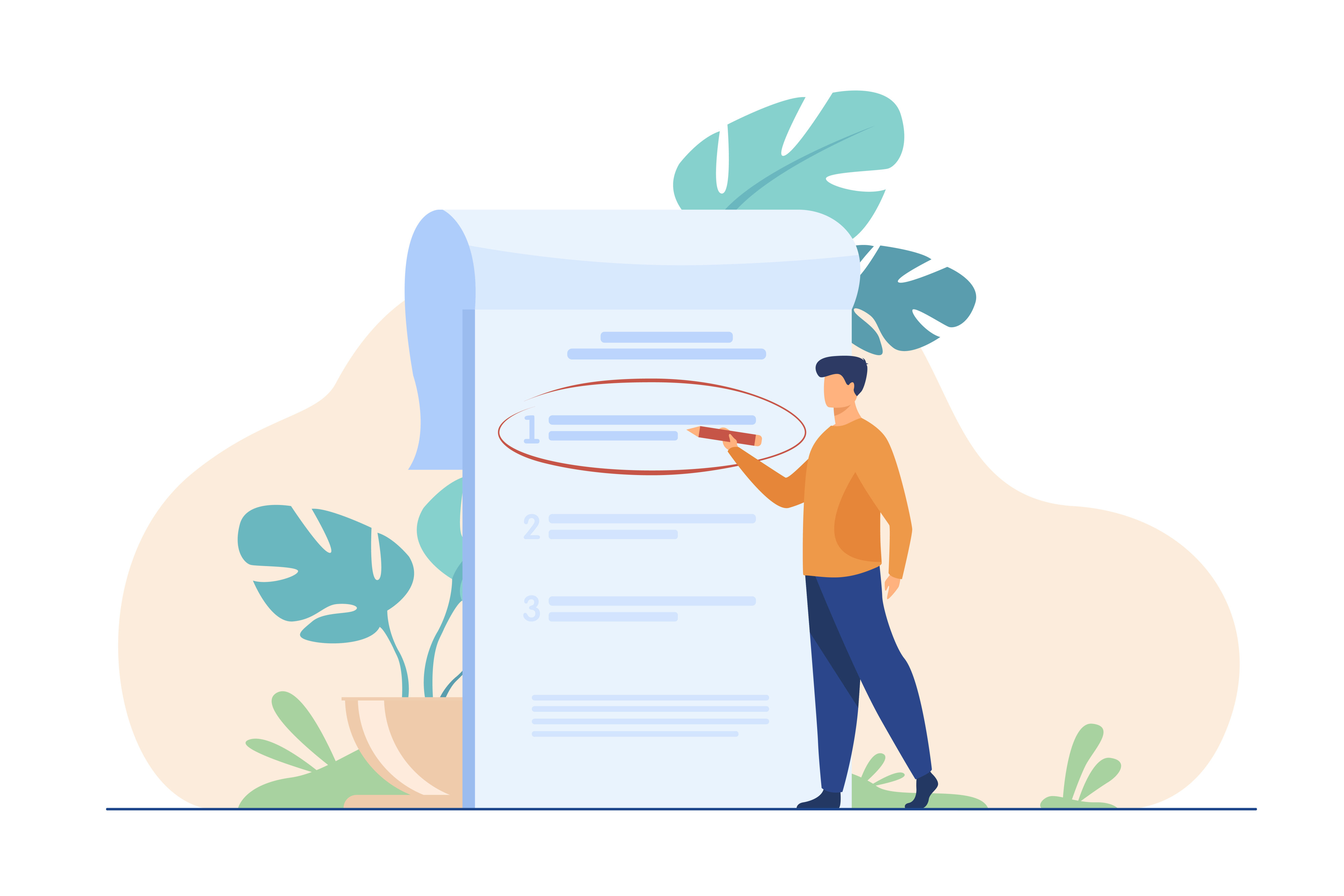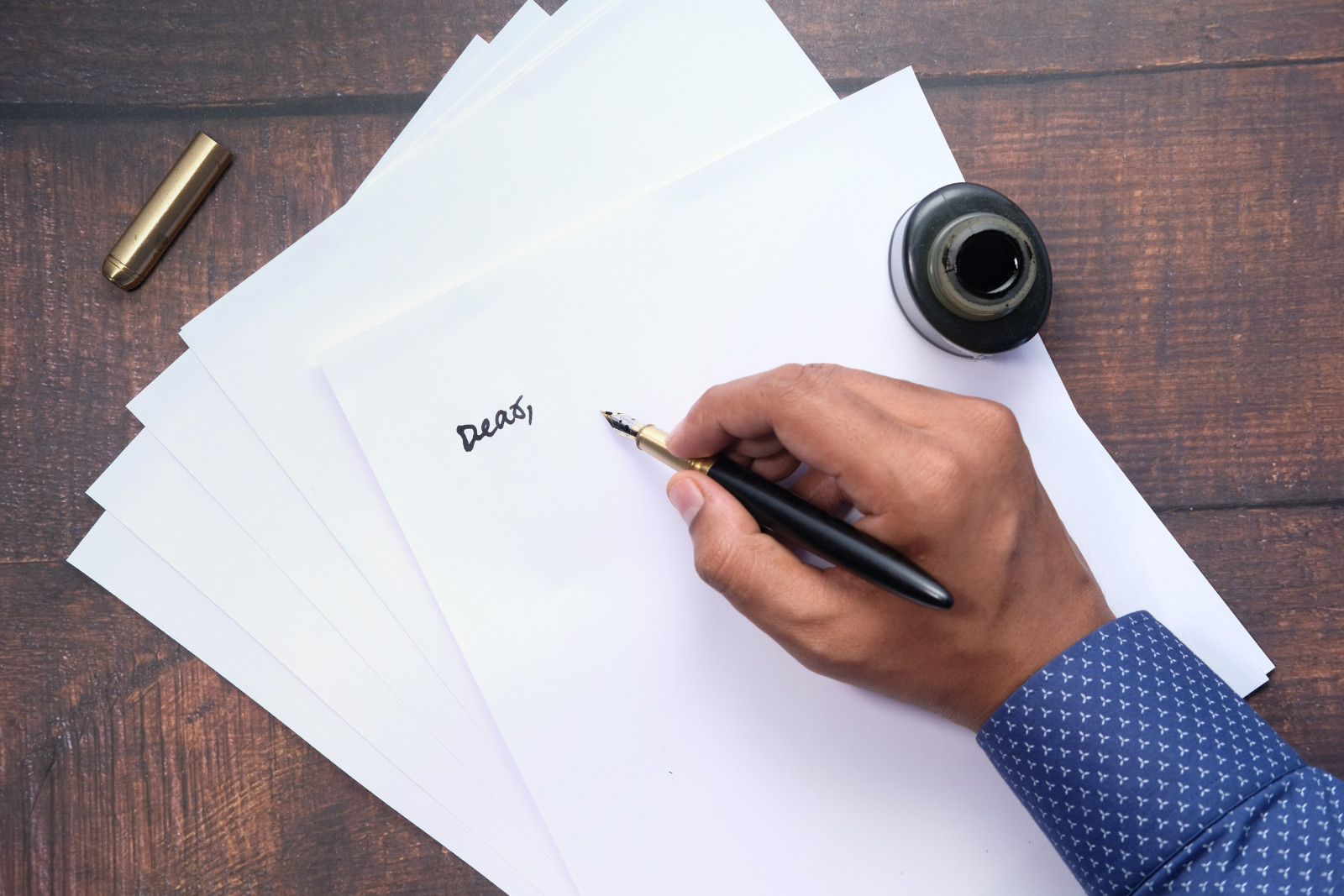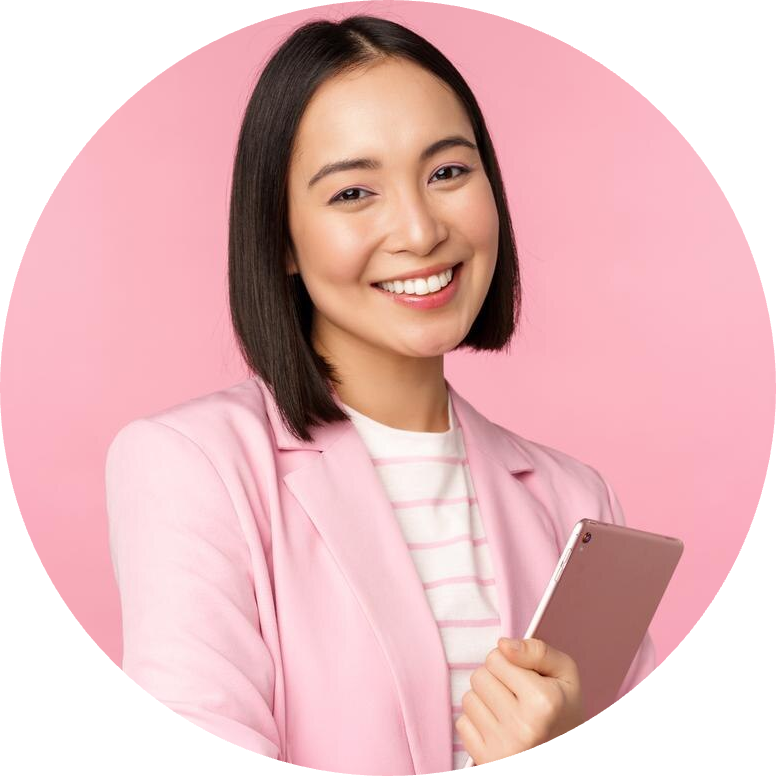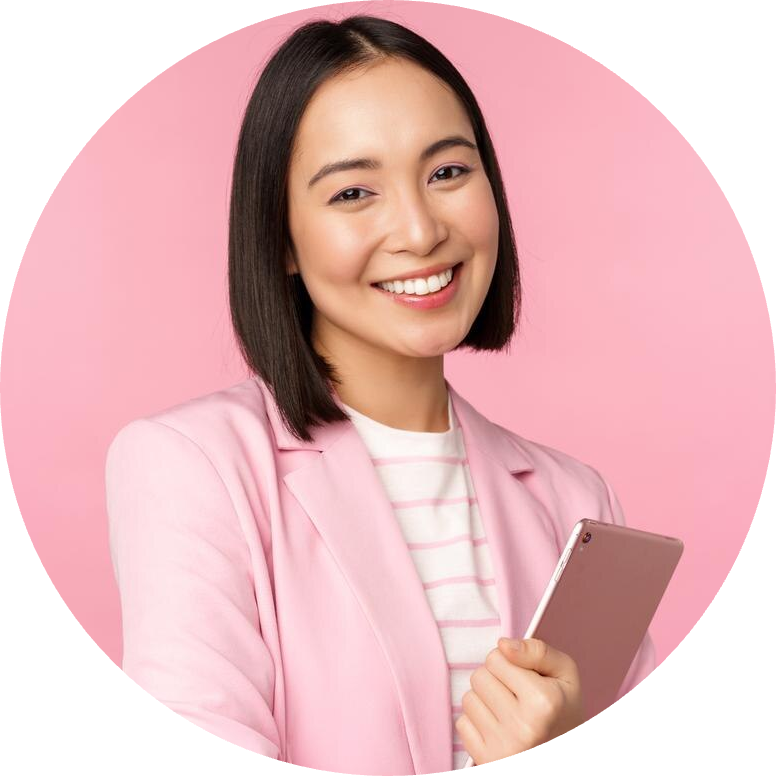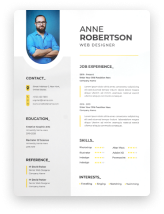In this article, we're going to guide you through perfecting the cover letter for your next job application as a UX Designer. Crafting a compelling cover letter is a crucial step in the job application process, especially in the highly creative and competitive field of UX Design. Your cover letter is more than just a formality; it's a personal introduction to your potential employers. It's your opportunity to not only showcase your skills and experiences but also to demonstrate your understanding of the company and its needs, and how you can be the solution they are looking for.
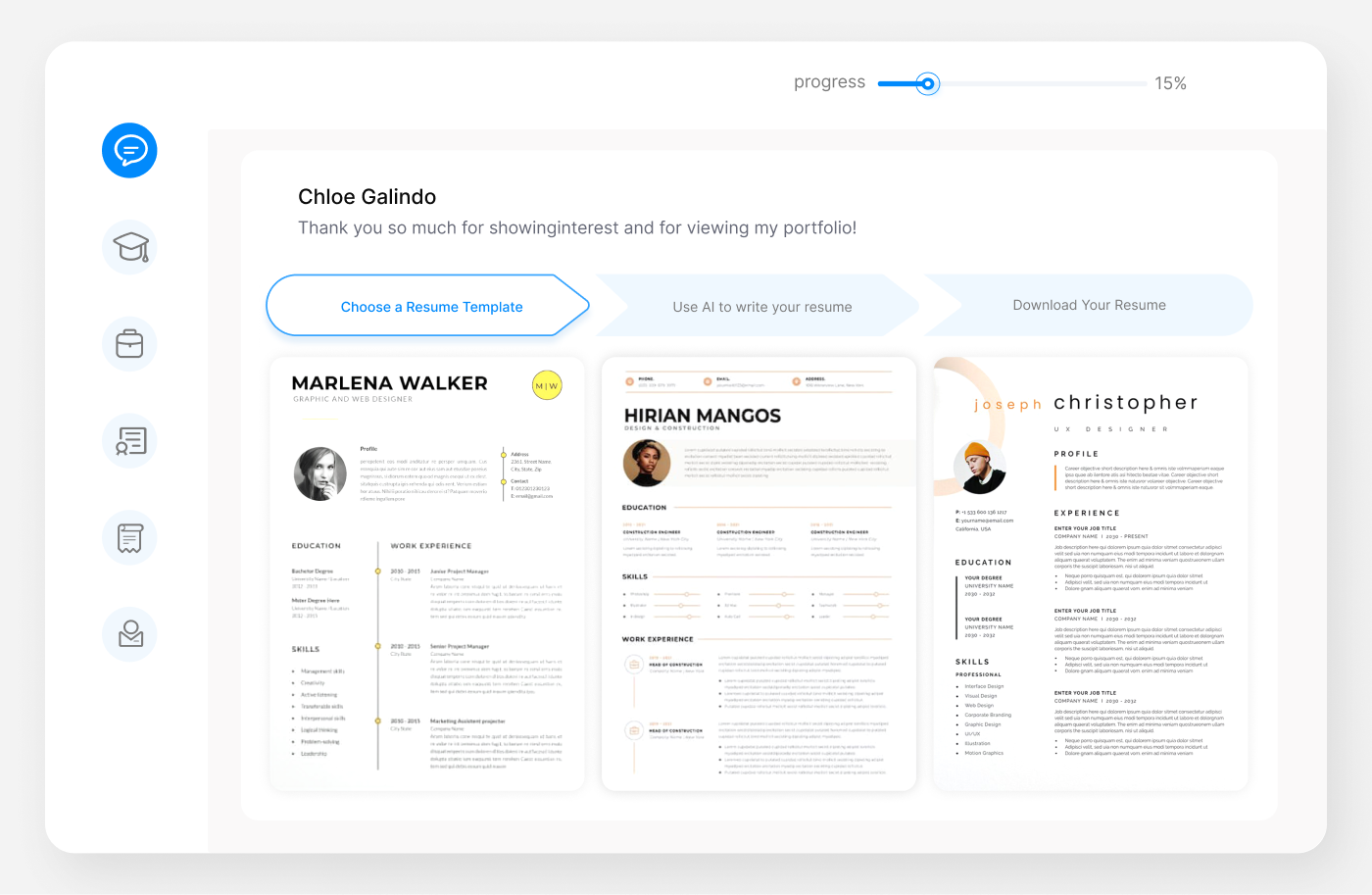
Steps or Template for Writing a UX Designer Cover Letter
When it comes to writing a cover letter for a UX Designer position, it's essential to strike the right balance between professionalism and creativity. This section will guide you through the key elements to include in your cover letter, ensuring that you present a well-rounded and compelling narrative of your professional journey.
Heading and Salutation: Setting the Tone Right from the Start
The way you begin your cover letter can set the tone for the entire document. It's crucial to start off on the right foot, showing both respect and familiarity with the company and the hiring manager. Here, we'll delve into how to format the letter header and address your cover letter effectively.
Properly Formatting Your Letter Header
Your cover letter should start with a professional header, similar to that of your resume. This includes:
-
Your Full Name
-
Professional Title (in this case, UX Designer)
-
Contact Information (phone number, professional email, LinkedIn profile)
-
Date of Application
-
Company's Contact Information (Company name, Hiring Manager's name if known, Company's address)
Addressing the Hiring Manager
When addressing the hiring manager, personalization is key. It shows that you've done your research and are genuinely interested in the role. If you know the hiring manager's name, use it. If not, try to find it out through the company's website or LinkedIn. If all else fails, use a general but respectful address such as:
Example Addressing Hiring Manager:
- Dear Mr. Smith
- Dear Ms. Johnson
Example Addressing Company:
-
Dear UX Design Team
-
Dear Hiring Committee
-
Dear [Company Name] Recruitment Team
Opening Paragraph: Making a Memorable First Impression
The opening paragraph of your UX Designer cover letter is your first chance to capture the hiring manager's attention. It should be engaging, informative, and reflective of your unique perspective and skills in the UX design field. Here's how to craft an opening that stands out:
Crafting an Engaging Opening
Start with a strong hook that highlights your enthusiasm for UX design and the specific company you're applying to. Mention a recent project or accomplishment that's relevant to the position. This not only shows your expertise but also demonstrates your passion for the field.
Good Opening Paragraph Example:
"As a UX Designer with over 5 years of experience in creating intuitive and user-friendly designs, I was thrilled to see the opening for a UX Designer at [Company Name]. My recent project, which involved redesigning the user interface for a leading e-commerce website, resulted in a 30% increase in user engagement, illustrating my commitment to creating impactful user experiences."
Highlighting Your Unique Selling Points
Use the opening paragraph to briefly mention the unique skills or experiences that make you an ideal candidate for the job. This could be your expertise in a specific area of UX design, a notable project, or an innovative approach you've taken in your previous roles.
Tailoring Your Introduction to the Job Description
Make sure your opening aligns with the job description. If the company is looking for someone with strong user research skills, mention your experience in this area. If they emphasize teamwork, highlight your collaborative projects.
Main Body of the Cover Letter: Showcasing Your UX Expertise
The main body of your UX Designer cover letter is where you delve deeper into your professional experiences, skills, and achievements. This section should provide a clear and compelling narrative of your career path, highlighting how your background aligns with the job requirements and the company's values.
Expanding on Your Professional Journey
-
Discuss Key Projects: Highlight specific UX design projects you have worked on, emphasizing your role, the challenges you faced, and the solutions you implemented.
-
Quantifiable Achievements: Where possible, quantify your achievements with data and statistics to demonstrate the impact of your work.
Example of Describing a UX Project:
"In my previous role at [Previous Company], I led a UX overhaul for their flagship product. This involved extensive user research and iterative testing, resulting in a 40% increase in user retention and a significant improvement in customer satisfaction scores."
Aligning with the Company's Goals and Values
-
Company Research: Show that you've researched the company and understand its products, goals, and user base.
-
Matching Skills to Job Description: Tailor your experiences to match the skills and qualifications listed in the job description.
Demonstrating Problem-Solving and Creativity
-
Problem-Solving Examples: Share examples of how you've used your UX skills to solve complex problems or improve user experiences.
-
Innovative Approaches: Discuss any innovative approaches or techniques you've employed in your UX design work.
Ending Section: Concluding with Impact and Professionalism
The concluding part of your UX Designer cover letter is crucial for leaving a lasting impression on the hiring manager. It's where you wrap up your arguments, restate your interest in the role, and invite further discussion. Here's how to end your cover letter effectively:
Summarizing Key Points
-
Recap your Strengths: Briefly summarize the key strengths and experiences you've discussed in the letter that make you a great fit for the role.
-
Reiterate your Enthusiasm: Express your genuine interest in the position and the company.
Example of a Concluding Paragraph:
"In summary, my extensive experience in user-centered design, coupled with my passion for creating intuitive user experiences, aligns perfectly with the needs of [Company Name]. I am excited about the opportunity to contribute to your team and help drive user engagement and satisfaction."
Call to Action
Encourage the hiring manager to take the next step, such as arranging an interview or a call. Make it clear that you're eager and available to discuss your application further.
Call to Action Example:
"I would welcome the opportunity to discuss how my skills and experiences align with the goals of your team. Please feel free to contact me at [your contact information] to arrange a conversation. I look forward to potentially collaborating and contributing to [Company Name]'s continued success."
Professional Sign-off
End your cover letter with a professional closing salutation, followed by your name.
Sign-off Example:
"Best regards,"
"Sincerely,"
"Yours truly,"
"[Your Name]"
Essential UX Designer Cover Letter Tips
Crafting an effective cover letter as a UX Designer requires not only showcasing your design skills and experience but also following some key strategies to ensure your letter stands out. Here are essential tips specifically tailored for UX Designers.
Highlight Your Design Process
-
Detail Your Approach: Explain your design process, from user research to prototyping to final design, showing a comprehensive understanding of UX principles.
-
Show Adaptability: Illustrate how you adapt your process to meet different project requirements or to overcome challenges.
Showcase Soft Skills
-
Communication Skills: Highlight your ability to communicate effectively with clients, team members, and stakeholders.
-
Team Collaboration: Provide examples of successful collaborations, especially in cross-functional teams.
Personalize for the Company
-
Customize for Each Application: Avoid a generic cover letter. Tailor your letter for each company, referencing specific projects or aspects of the company that excite you.
-
Align with Company Culture: Show that you understand and align with the company's culture and values.
Proofread and Format
-
Error-Free Document: Ensure your cover letter is free of typos and grammatical errors.
-
Professional Format: Use a clean, professional layout that matches your resume and portfolio for a cohesive application package.
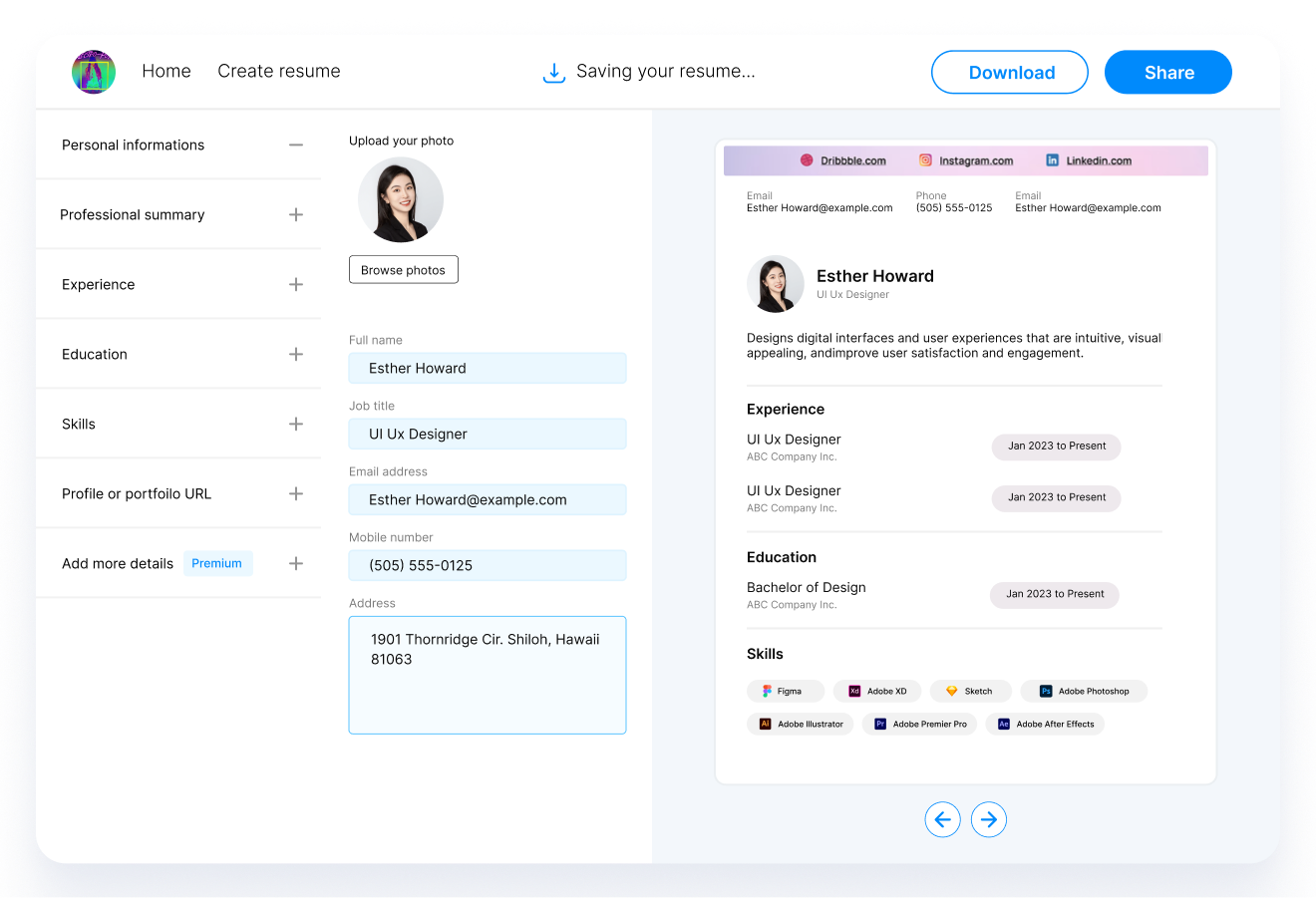
Key Takeaways for Crafting an Effective UX Designer Cover Letter
In conclusion, your cover letter is a vital tool in your job application as a UX Designer. It's your opportunity to introduce yourself, highlight your skills and experiences, and demonstrate your fit for the role and the company. Here are some key takeaways to remember:
-
Personalization is Key: Tailor your cover letter to the specific company and position. Show that you've done your research and understand what makes the company unique.
-
Showcase Your Design Process: Detail your approach to UX design, from understanding user needs to implementing solutions. This shows your depth of understanding and problem-solving skills.
-
Highlight Relevant Experiences: Share specific examples of past projects and achievements. Use quantifiable results to demonstrate the impact of your work.
-
Demonstrate Soft Skills: In addition to technical abilities, emphasize your communication, collaboration, and adaptability skills. These are crucial in a UX role where teamwork and client interaction are common.
-
Align with the Company's Values and Culture: Make it clear that you not only have the skills for the job but also the right mindset and cultural fit for the company.
-
Professional Presentation: Ensure your cover letter is well-formatted, free of errors, and matches the style of your resume and portfolio. This shows your professionalism and attention to detail.
-
Call to Action: Conclude with a strong call to action, encouraging the hiring manager to contact you for further discussion.
By following these guidelines and infusing your cover letter with your unique perspective and experiences, you'll be well on your way to securing your next role as a UX Designer. Remember, your cover letter is not just a summary of your resume; it's a narrative of your professional journey and a testament to your suitability for the role you're applying for.
Recommended Reading



